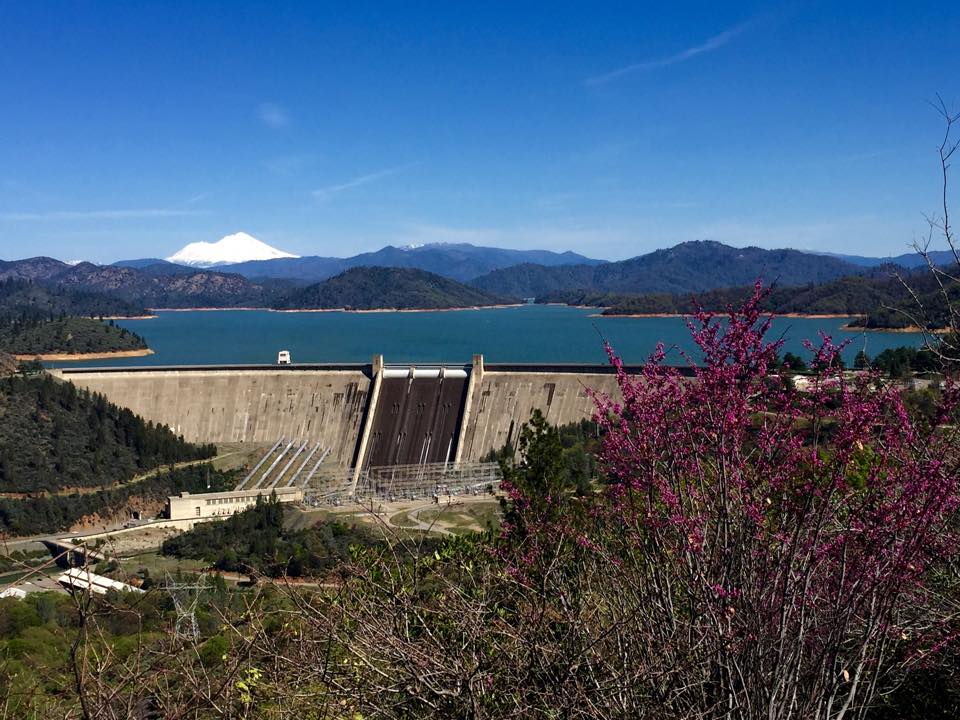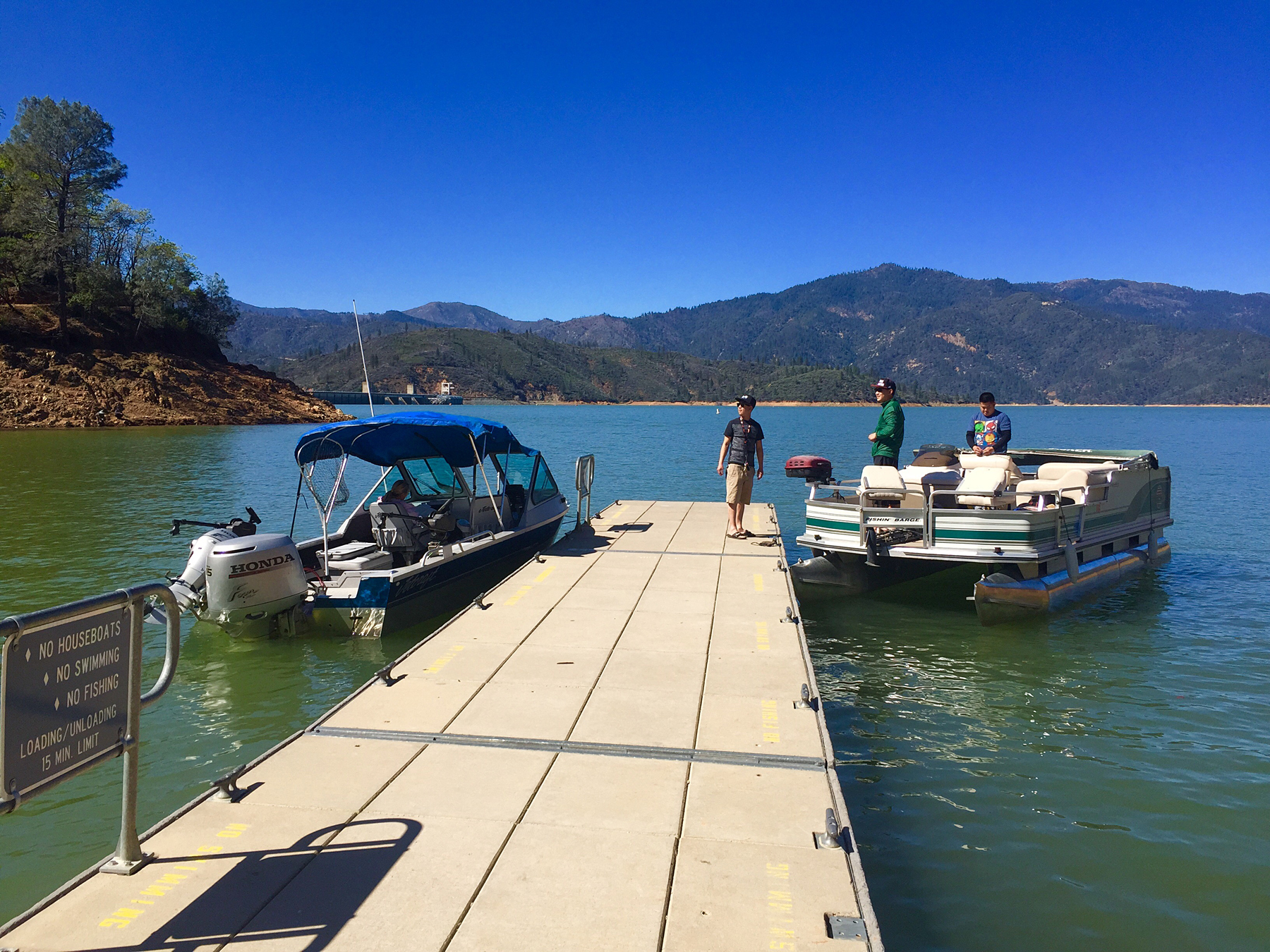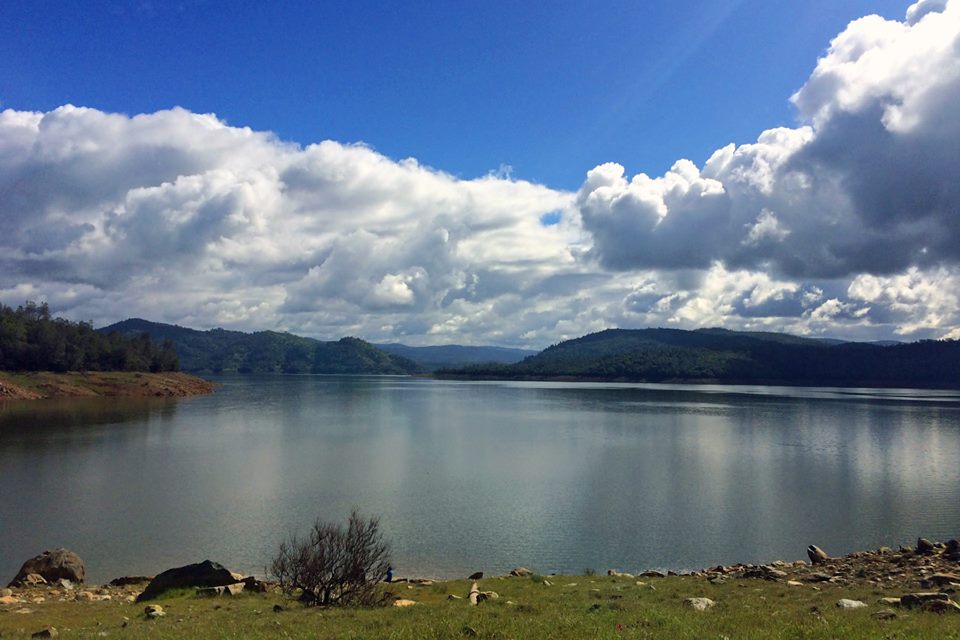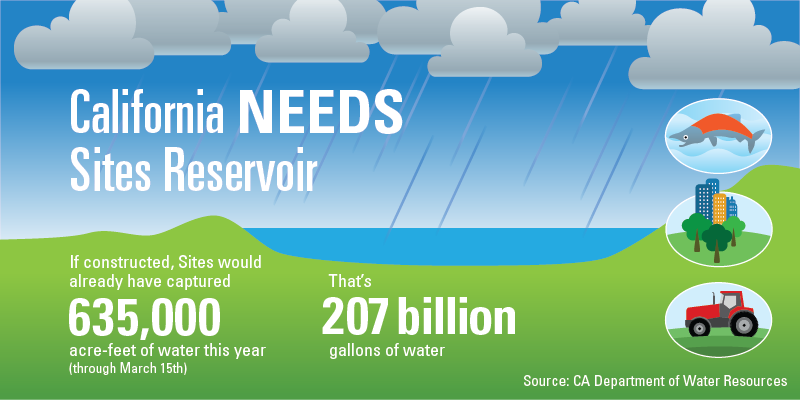Tuesday, March 22, 2016 – Shasta Reservoir has topped out at 3.9 million acre-feet of storage for the past four days as the Bureau of Reclamation ramped up flood releases to make sure the reservoir has enough capacity. The releases have been set at 17,000 cubic-feet per second so that they will also help flush gravels below the reservoir for the benefit of spawning salmon. Oroville Reservoir is steadily filling and just passed the 2.84 million acre-foot mark this morning. In less than a week, Shasta went from below-average storage to making flood releases.


This is a marked change for both projects and is symbolic of the rebound in storage that is occurring throughout the Sacramento Valley. Many regional storage facilities, such as Camp Far West Reservoir on the Bear River, Collins Lake and New Bullards Bar Reservoir in Yuba County and Black Butte Lake in Tehama and Glenn Counties are all full and currently spilling water.
While the abundant rainfall and the dramatic impact it has had on the region’s storage facilities has been referred to as a “miracle,” what is lost with that description is the fact that this is the way these surface water storage facilities are supposed to function. The projects were developed with this very purpose in mind – store water when it rains to be used when surface water supplies are not as readily available. Where surface water storage projects differ from groundwater storage is that they have the ability to refill so rapidly. Groundwater supplies that were used during this most recent drought can take years to refill.
For now, let’s enjoy the fact that the storage projects are rebounding and hope that we are well on our way to expanding storage in the region with the construction of Sites Reservoir before we experience our next cycle of dry years.
Fun Sacramento Valley Storage Facts
- Oroville Reservoir has increased storage by 1,977,654 acre-feet in 105 days, from a low of 908,980 acre-feet on December 9, 2015 to 2,886,634 acre-feet today.
- Since March 1st, Oroville has increased storage by 1,013,411 acre-feet
- The water elevation in Oroville Reservoir has increased by 206 feet since December 2015 and 86 feet since March 1st.
- Oroville Reservoir is at 110 percent of average storage for this time of year.
- Shasta Reservoir has increased storage by 2,604,517 acre-feet in 106 days, from a low of 1,319,017 acre-feet on December 8, 2015 to 3,923,534 acre-feet today.
- Since March 1st, Shasta has increased storage by 1,149,252 acre-feet.
- The water elevation in Shasta Reservoir has increased by 133 feet since December 2015 and 48 feet since March 1st.
- Shasta Reservoir is at 110 percent of average storage for this time of year.





